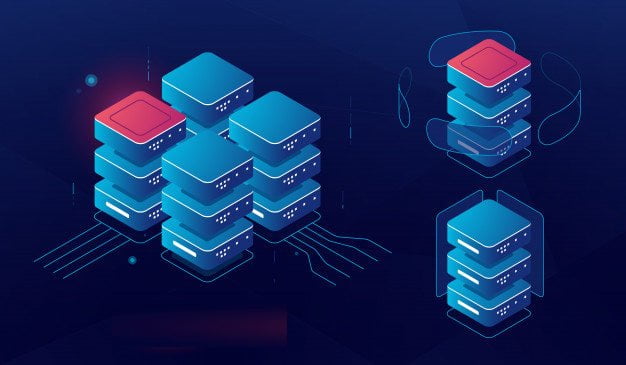Table of Contents
Descriptive analytics in Big Data and Banking
Data analytics is the backbone of many financial institutions. From banking institutions to credit ranking companies to securities trading, data analytics has played a major role in the growth of these sectors. With the rapid growth of technology, data analytics has gained popularity in the banking and financial sectors.
In the last decade, the explosion of data analytics has opened a vast ground for the growth of banks and financial institutions. While basic data analytics is an important component of the banking sector, Descriptive and Predictive analytics helps to have a deep look in these sectors. Read more how does works descriptive analytics in big data and banking?
Descriptive analytics is used for processing, identifying patterns, and summarising the information mentioned in the reports. The best example of Descriptive analysis in banking is customer segmentation based on spending behaviour.
Descriptive analytics is the major component of data analytics that drives advance analytics which helps the businesses to search, conduct and analyse forecasts and predictions. For financial institutions, the timing and flow of precise data are very crucial to make important decisions.
Banks worldwide are recognising the importance of advanced data analytics and they are increasing their investments in data analytics for better results. Descriptive analytics are helping banks and financial institutions to improve decision making.
With digital transformation taking the banking sectors, customers service is the top priority of the banks. Banks need to access customers behaviour to understand their needs and their wants, engage customers to improve customer loyalty and deliver an exceptional service to improve customer satisfaction. The other benefits of descriptive analytics in banking include:
Fraud Prevention
Fraud prevention is the most important and critical task of banks. usually, fraudulent activity is detected by using transaction monitoring systems which are time-consuming and require manual intervention. With data analytics, banks are able to predict customer behaviour and they can easily identify any suspicious activity.
Once such activities are identified, the alert is send out in real-time leading to freezing the accounts, alerting the customers and becoming aware of such activities. Machine Learning and Business Analytics can further be deployed to protect and safeguard such activities.
for example- Many public and private bank is working to deploy an artificial intelligence-driven platform to identify and tackle such fraud activities. The system analyses data and prevent online transaction in real-time to prevent fraudulent activity. Business Analytics and Artificial Intelligence have reduced the number of frauds and the cost of fraud investigations.
Identification and acquiring customers
Banks are adopting Big data and data science to obtain more customers through target optimisation. Business Analytics helps to develop deeper customer segmentation and profiles for sales and marketing teams to identify the right targets on the right platform.
CITI bank and HSBC bank uses big Data and Data analytics for customer acquisitions and retentions. Using Artificial Intelligence and Machine Learning, they analyse customer data and target their customers.
Cross-selling
In the modern era, Data analytics is helping banks to open effective revenue streams by cross-selling of financial services and products. With predictive analysis, banks can understand their customers on a ground level, their usage and money spending capacity and their digital media sentiments. With these goals, banks can now create an advanced strategy to attract many customers.
Customers Retention
In order to maximise the confidence and lifetime value of the customer, banks have to work on their customer retention planning and strategies.
Customer confidence and customer retention require paying special attention to the Quality of Service (QoS), identifying at-risk customers, identify behaviour pattern of the customer and use insights and conversation results to draw conclusions for customer retentions.
Descriptive analytics helps to analyse and identify accounts that are most likely to close and take preventive actions.
Banks have to understand and make use of Big data, Business Analytics, Artificial Intelligence and Machine Learning. Adopting these advanced strategies into an existing banking environment is one of the best ways to attract more customer and survive in this competitive era.
The future of banking revolves around leveraging data and advanced analytics towards enhancing the accuracy of Data analytics.
